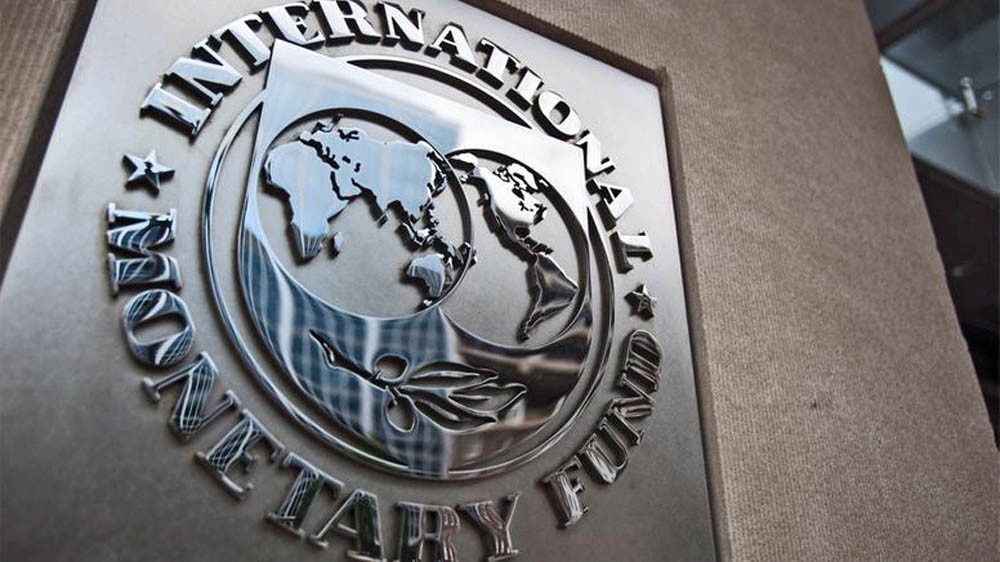
Defaulters on electricity bills, often in collusion with distribution companies, are the actual beneficiaries of subsidies

IMF requires Pakistan to make certain energy reforms to improve its ailing power sector. In an attempt to qualify for $1.1 billion from the IMF in December this year, after an agreement was reached with the IMF on combining the fourth and fifth reviews of the country’s economic performance, Pakistan has not only slashed the energy subsidy by Rs27 billion for the ongoing financial year (out of the total power subsidy of Rs180 billion) but has also imposed a larger equalisation surcharge of Rs1.50 per unit on electricity bills on consumers of all electricity distribution companies, except K-Electric, with effect from October 1. The government had earlier imposed Re0.30 per unit as loan repayment surcharge on October 3, 2014.
That is likely to result in inflated bills. The reduction in subsidy varies from 24 paisa to Rs1.67 per unit for various consumers of different Discos.)
The Pakistan-IMF talks aim to finalise the fourth and fifth reviews under $6.67 billion Extended Fund Facility (EFF). The slashing of subsidy is also critical as the donors -- World Bank and Asian Development Bank --have halted their loans unless the IMF gives a green signal to them.
Earlier, in a meeting with senior US officials in October, Finance Minister Ishaq Dar pointed to Pakistan’s plans to continue working closely with the IMF to progress on the reforms agenda. The US State Department appreciated Pakistan for reducing energy subsidies over the past year and taking steps to control fiscal deficit. "Major structural reforms, including in the energy sector, remain necessary to help create the conditions for strong growth and generate jobs," the department said.
The government had decided to drastically reduce subsidies in the year 2013 budget to meet fiscal deficit targets set under international commitments.
The government has given an undertaking to the IMF to introduce a second round of reforms in the power sector during the next fiscal year to cut subsidies by about 0.4pc of the GDP -- about Rs120bn.
Dr Pervez Tahir, former chief economist Planning Commission, does not agree that the government is reducing power subsidies under the IMF pressure, "There is no question of the IMF pressure. The government signed an agreement and it has to honour its own words."
Tahir believes the agreement with the IMF was done in haste on the part of the government, "There was no serious economic spadework before the agreement was signed. In its typical Dar-ing style, it promised more than the IMF expected. Now the people have to suffer for government’s lack of patience for economic details. If anything, the IMF has treated this government with unusual kindness."
He explains the situation the present government is in, "Was there an alternative? Well, the government has already exercised the populist option. It has significantly reduced the oil prices to divert attention from the reduction in subsidies. By not going the whole hog in reducing oil prices and the selling of 7.5 per cent of its stakes in OGDC, it hopes to meet the agreed fiscal deficit target."
But it is not all that simple an issue. "The issue of energy subsidies is a thorny one," says Asad Sayeed, a senior economist. "In my opinion, the problem will continue to persist unless distribution issues and recovery of bills is sorted out," he adds. "It is important to set the context in order to assess the issue. Subsidy in the energy sector is essentially the difference between the cost of production and distribution of energy and its price charged to the consumer per unit. In 2013, this gap was approximately Rs4 per unit. It is likely to be in the same vicinity now," he explains.
"The problem of unsustainable energy subsidies started in the last year of the Musharraf government. This is when international oil prices increased exponentially and the then government decided not to pass on the cost increase to the consumer. This was also the point where the problem of circular debts originates," he informs.
Sayeed puts things in context. "The PPP government, also under an IMF programme, enhanced the tariff on a number of occasions but the tariff differential did not reduce and circular debt kept raising its head periodically. It became apparent then that the problem is complex," he says, adding, "One, that increase in tariffs appears to increase theft, and secondly that distribution companies are so riddled with inefficiency and corruption that they are not able to reduce line losses and theft on the other hand."
He explains it further, "The inability to recover debt and reduce physical line losses then get added to the production cost and tariffs further increase over and above the cost of fuel (that has been increasing internationally till recently). As a result, the cost of production is on an endless upward spiral."
Sayeed says all this boils down to structural reforms, "The IMF, thus, looks at the cost -- tariff differential -- and advises the government to reduce this differential. The problem is that unless deep-seated structural reforms are brought about in the distribution sector, the problem will not be resolved."
In Sayeed’s view, "These structural reforms will entail either making the distribution companies autonomous, as in give the Board of Directors independence to appoint senior management and recover bills and hold them accountable to it or to dissolve the companies and re-create WAPDA. In either case, the focus of responsibility and accountability can be clearly determined. The issue of privatisation at this stage is a non-starter before these reforms."
He says defaulters are actual beneficiaries of subsidies, "In a nutshell, defaulters on electricity bills, often in collusion with distribution companies, are beneficiaries of subsidies and those who pay bills as well as the tax payer across generations has to bear the burden of these subsidies."